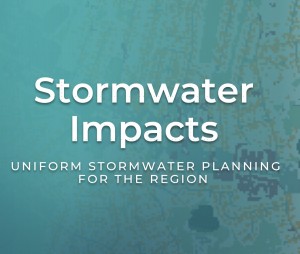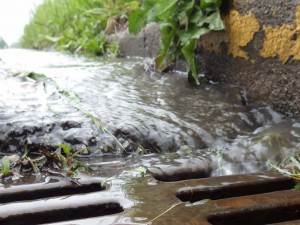Overview
Stormwater planning is important for management of flooding, sediment transport, and nutrient inputs to water resources. Most stormwater planning occurs independently at individual sites, and it can be challenging to coordinate larger-scale approaches and to prioritize areas where stormwater management can have the greatest benefit.
With funding from SNEP, the Cape Cod Commission generated HRUs for the region. Hydrologic Response Units (HRUs) represent areas of common physical characteristics that are expected to respond to precipitation and weather events in a similar way. By combining land cover, land use, and soil type using a crosswalk developed by the US Environmental Protection Agency (EPA), HRUs can provide a planning level estimate of runoff and pollutant loading from defined land areas.
The use of HRUs condenses over 13,000 potential combinations of land use, land cover, and soil type into a manageable 15 categories, for which runoff volume, zinc, phosphorus, nitrogen and total suspended solids loading potential have been modeled. By streamlining the approach and fixing the data resolution to one scale, HRUs can be used to quickly and visually identify hotspot areas that generate large amounts of runoff, nutrients, or solids. The HRU data layer can also quantify estimated runoff or nutrient loading for a defined study area, and can serve as an input to more sophisticated stormwater modeling and planning tools.
Stormwater Impacts is an online calculator, allowing the user to summarize impacts by Pond Watershed, Pond Buffer or a unique area.
Contact
-
Tim Pasakarnistim.pasakarnis@capecodcommission.org
-
Deb Ricottadeb.ricotta@capecodcommission.org
-
Anne Reynoldsareynolds@capecodcommission.org
-
Tara Nye Lewistara.lewis@capecodcommission.org


